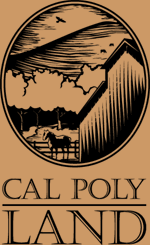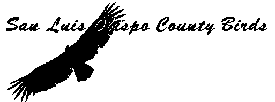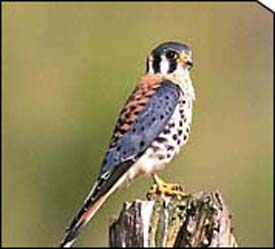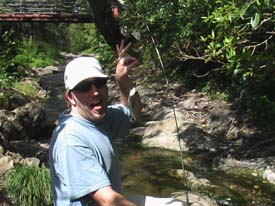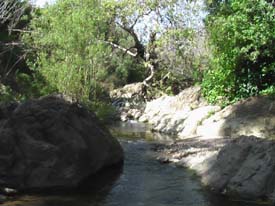|
Birds
Spring Changes |
|
|
|
|
|
Migrating As a group, the wood warblers probably travel more in mixed companies than do any other single family of North American birds. In spring and fall, the flocks are likely to be made up of the adults and young of several species. Sometimes swallows, sparrows, blackbirds, and some of the shorebirds also migrate in mixed flocks Males and females may migrate either simultaneously or separately. Although there are exceptions, generally passerine males arrive before females. Thus, in spring great flocks of male Red-winged Blackbirds reach a locality several weeks before any females. The first American Robins are usually found to be males, as are the first Song Sparrows, Rose-breasted Grosbeaks, Dickcissels, and Scarlet Tanagers. This early arrival of males on the breeding grounds is associated with the establishment of territories in which each male defends a definite area from trespass by other males of his own kind, while announcing his presence to rival males and later arriving females by song or other displays. The female then selects the site where she wishes to nest.
Help a Brotha NEST During spring and summer, love is in the air, at least for birds.
Male and female birds are finding mates, building nests, incubating
eggs, and feeding ravenous young birds. Breeding and nesting season
is an extremely busy time for birds so here are a few ways you
can help out wild birds in your backyard. Nesting material: Whether a bird nests in trees, bushes or in
a birdhouse, they will build a nest to lay their eggs as well
as a place for the young birds to stay until they fledge, or leave
the nest. Parent birds scurry all over to find their favorite
building materials. Different species of birds prefer different
types of materials. Try putting out various types of things birds
can use to build nests. Such as: • Thin twigs
If you want to check out some birding spots in slo town: http://www.calpoly.edu/~mstiles/sloplaces.html Links:
|
